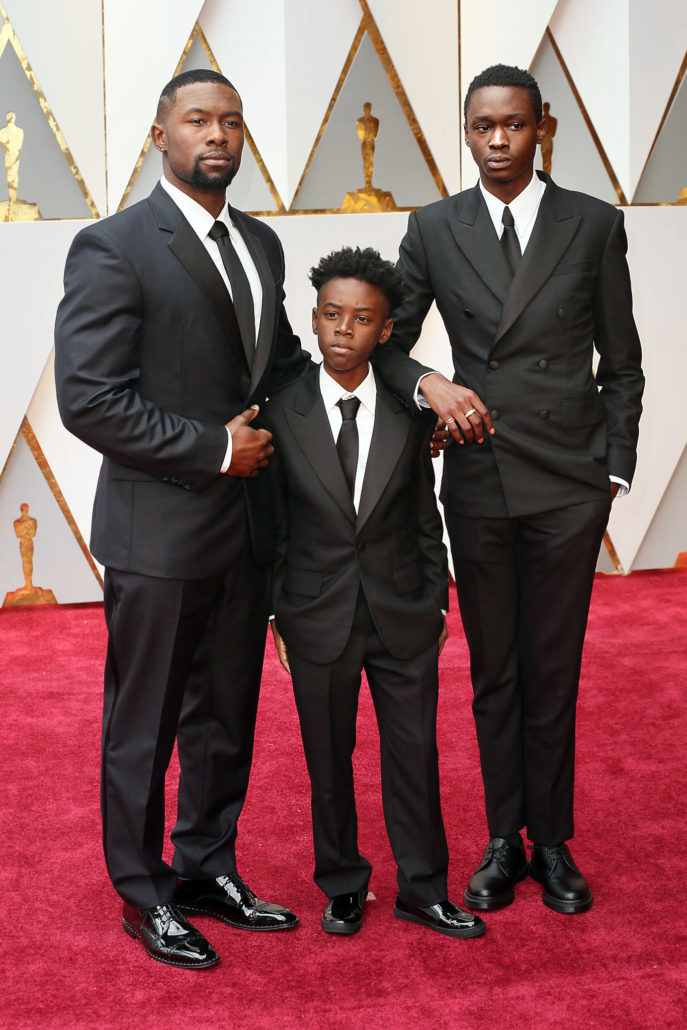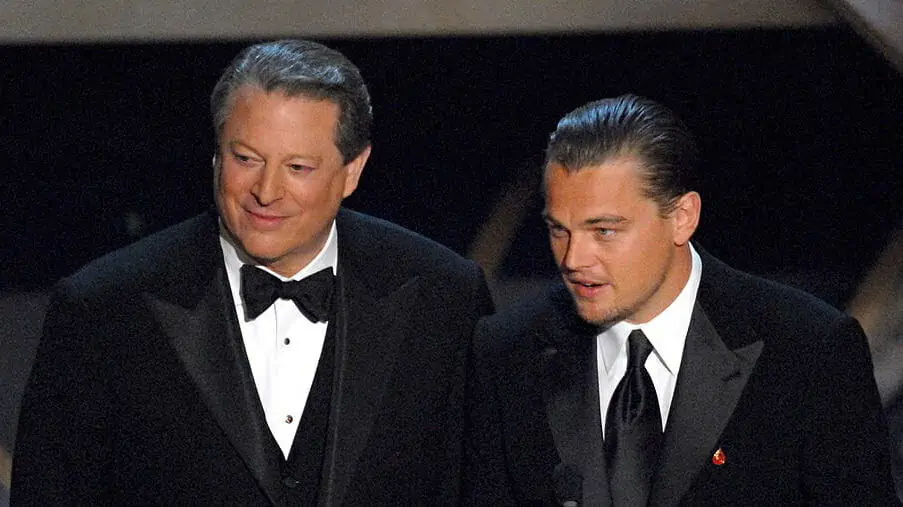“Every generation laughs at the old fashions, but follows religiously the new.”
Henry David Thoreau – Essayist

The Black Bow Tie Remains the Gold Standard
The Rules:
- Black self-tie silk bow tie to match lapel facings
- Black silk four-in-hand tie (long tie) has become a popular alternative
Qualified Alternative: Four-in-Hand Tie? Not Really
The four-in-hand necktie has become increasingly popular among young formalwear renters and trendy celebrities. Since it is made of the same color and material as an evening bow tie it would stand to reason that it shares the same level of formality. However, a closer look at the facts reveals that this is not the case.
First, a dark solid bow tie has been associated with a tuxedo for a century. A dark solid long tie, on the other hand, is associated with regular suits. Consequently, the “formal” four-in-hand actually lowers the dinner suit’s status to that of an informal black suit, particularly when worn with a two-button notched-lapel jacket and plain-front shirt.

Second, the aesthetics don’t work. With a regular suit, the four-in-hand adds color to a man’s ensemble and complements the suit. But when worn with a tuxedo, the long black tie only serves to divide in half the dramatic white V created by the closed jacket’s framing of the shirt. In fact, as The Aesthetics of the Tuxedo points out, the silk tie appears as an extension of the silk lapels and can turn their V shape into a downward facing arrow instead. This leads the eye away from the face whereas the traditional black bow tie serves to underscore it.
For those occasions, when a dressed-down tuxedo or dressed-up mortician attire cannot be avoided – Black Tie Optional events are still bow tie territory – the same rules should be applied to the four-in-hand as the bow tie: the material should be black silk, the satin or grosgrain finish should match the lapel finish and the tie should be self-tied. Patterns will only make the tie even more informal and colored neckwear is strictly for the prom.
A peaked-lapel jacket and a black waistcoat can be a partial counterbalance to the informality of the four-in-hand provided that the waistcoat is a higher-cut model because the low-cut classic was not designed to be worn with this style of tie. Shawl collars, on the other hand, have an Old World air that does not suit the modern long tie.
It should go without saying that cummerbunds are completely incongruous with four-in-hands. Similarly, wing-collar shirts are oxymoronic with long ties and only succeed in transforming the overall look from bland to disjointed.
(Not So) Well Suited: Long Tie X Wing Collar

The English aristocracy used to maintain class distinction by requiring clerks to incorrectly combine the formal wing collar with the informal long tie. Today, this Edwardian barrister look is considered trendy by many naive young Americans.
Explore this chapter: 5 Contemporary Black Tie Tuxedo – Amending Perfection?
- 5.1 Style Over Fashion – Lessons From The Past
- 5.2 Contemporary Tuxedo
- 5.3 Black-Tie Waist: Contemporary Evening Vests
- 5.4 Contemporary Black-Tie Tuxedo Shirts
- 5.5 Contemporary Neckwear – The Black Necktie et al
- 5.6 Contemporary Tuxedo Shoes, Black Tie Accessories, and Outerwear
- 5.7 Contemporary Alternatives and Personalization

